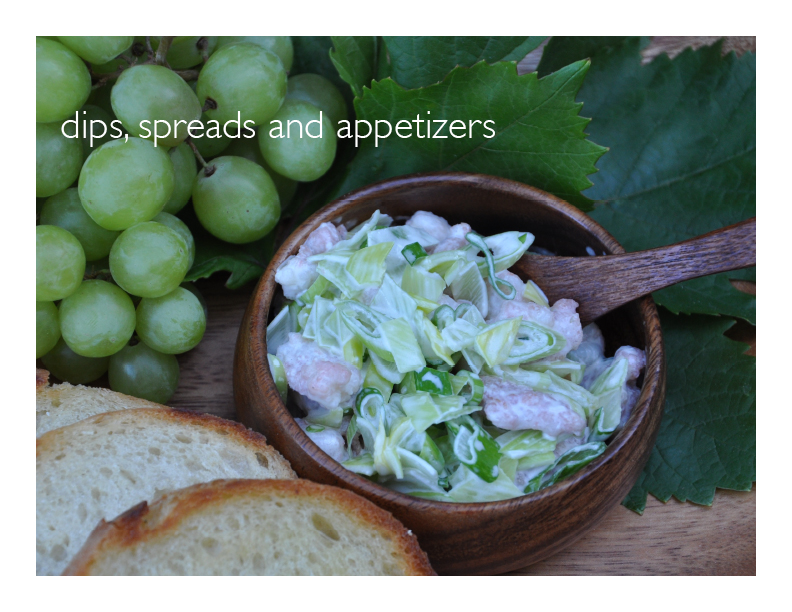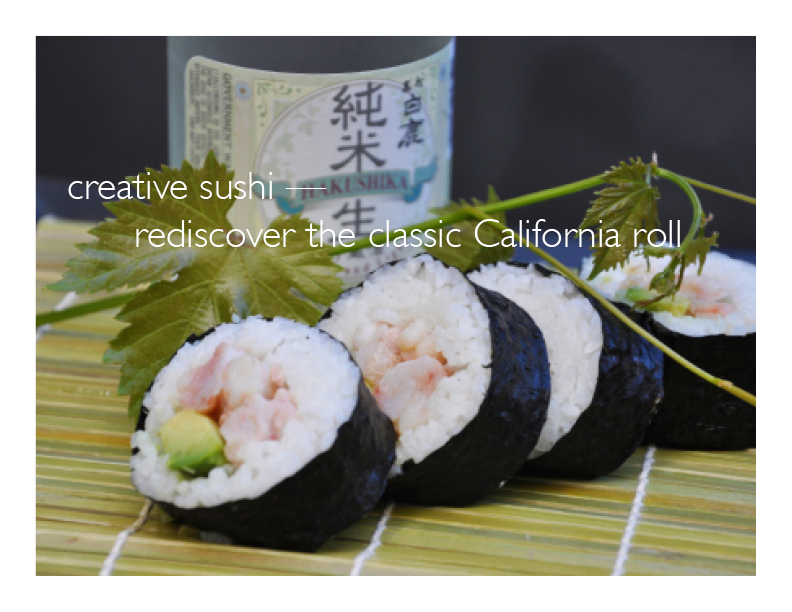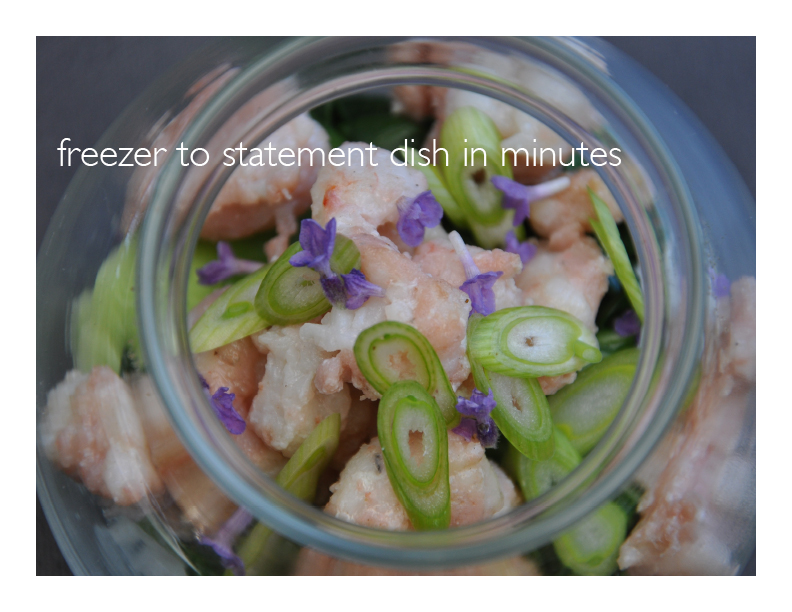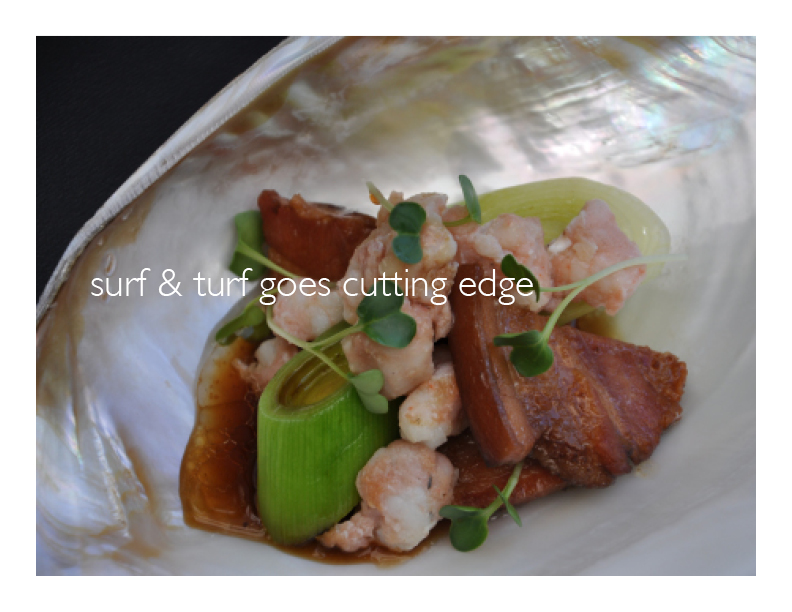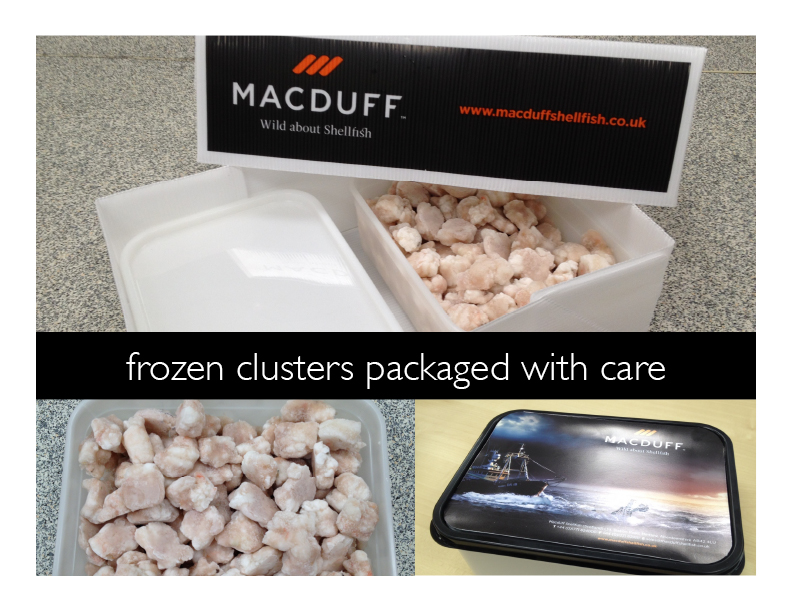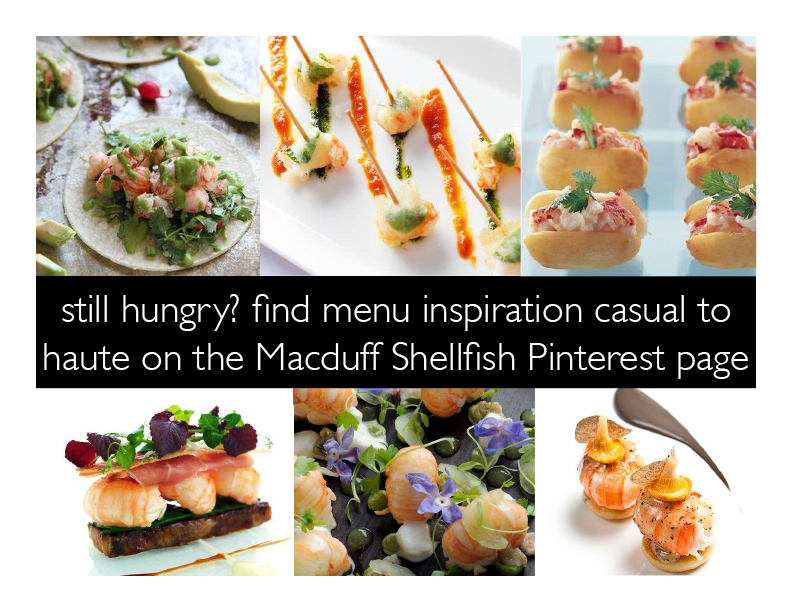favorite finds from the front lines of food
Looking for disruptive dining? Just go to some dinner theater. No, that's not a cheeky suggestion, it's truly a thing. New productions such as Beauty and the Feast, put on by The Vaults, are offering a fun on three-course delightfully eccentric theatrical culinary performance where the audience participates in the Beauty's journey through the initially bleak foodscape. These are much more than your ol' murder mystery dinner productions!
We kindly request to amuse your bouche with some fine art feasting.
It is with the most sincere pride and overwhelming pleasure that eloquent designers Darling & Edge invite you to be their guest for a palatable pantomime. Your Godmother, Fairy Liquid, has invited you to attend the Beast’s palace to help break the spell. Fairy Liquid is tired of regal dancing, mute dinners and the same old conversations; she needs you to help get the party started. This re-telling sees you follow in the footsteps of Belle, arriving at the Beast’s grey palace where the serving staff, desperate to satisfy, transport you into this modern fairytale. You’re invited through to dinner, where the Beast, and the Feast, awaits. As the booze flows and dinner goes, you are more and more integral to the breaking of this romantic curse. Except, you should expect, this is not a fairytale task. Should you manage to break the spell, the celebration will go on late into the night. The thigh slapping will begin, disco balls will spin and the chandeliers will swing. Forget sipping on soup, abandon regal dances and leave your manners at the door. Come as a beauty, leave as a beast. (Suitable for ages 16+)
official description of the production - The Vaults
Network, a performance put on by the National Theater, based in London, has a ballot system where winning participants will actually dine onstage during the performance (the audience gets to eat too). This production, which stars Bryan Cranston from Breaking Bad fame, even has a name for this on-stage restaurant, it's call Foodwork. Diners will be directed through a secret passage and enter the scene as if entering into an actual restaurant. You can enter here.
Gingerline is producing the Chambers of Flavors v2.0, where the audience experiences five parallel realities and each is a different course.
In other food news, Costco is expanding into China through the Alibaba subsidiary Tmall. While Costco in China is not new per se, this deal almost doubles the number of SKUs. This includes wine and food products as well as furniture, electronics, huge teddy bears and the like. Another aspect to this new arrangement, it now means that Costco is licensed in China and can now set up brick and mortar locations throughout the country.
Interesting note, Costco set a Guinness World Record for selling 7,238 tons of mixed nuts during singles day in 2015. (Alizila)
The sky is falling! The sky is falling!
Well, yeah, kinda. We have seen all kinds of disasters these past few weeks, including natural, man-made and political. (the salt - NPR)
Smoke from wild fires in the PNW could damage this years vintage
French fishermen who catch 70%+ of their fish in British waters are scared of Brexit


















